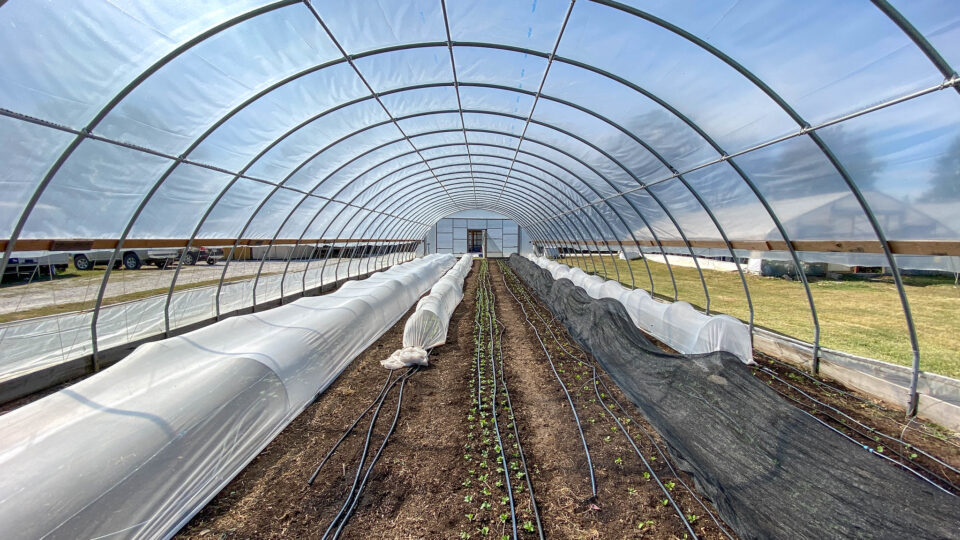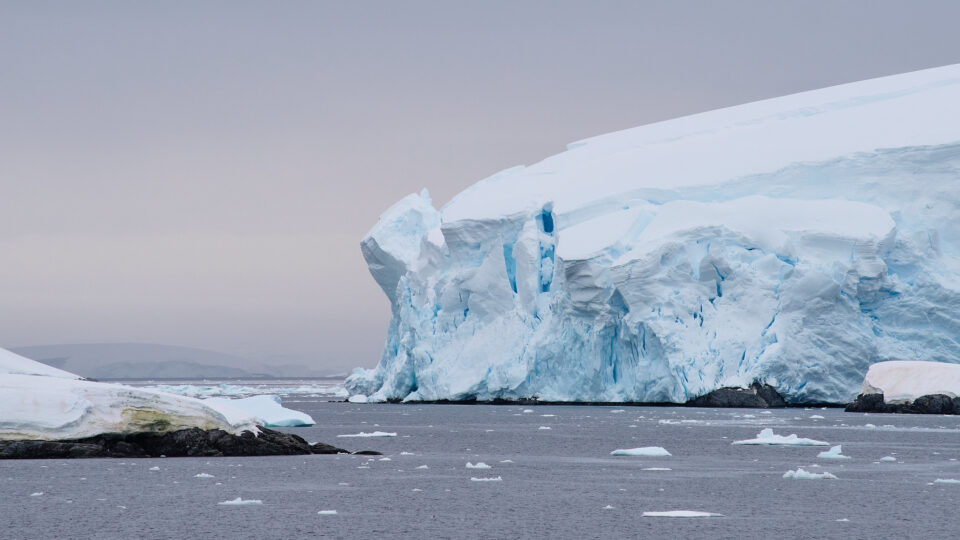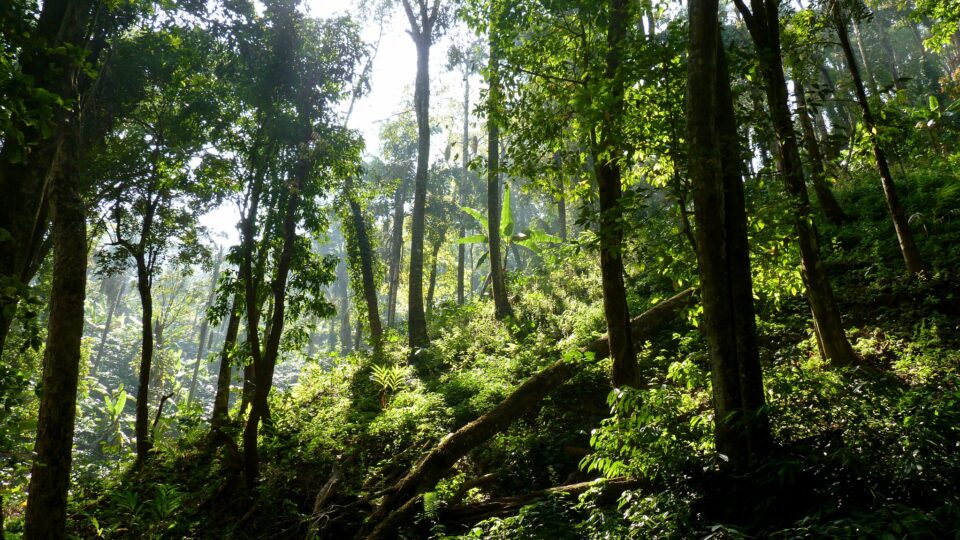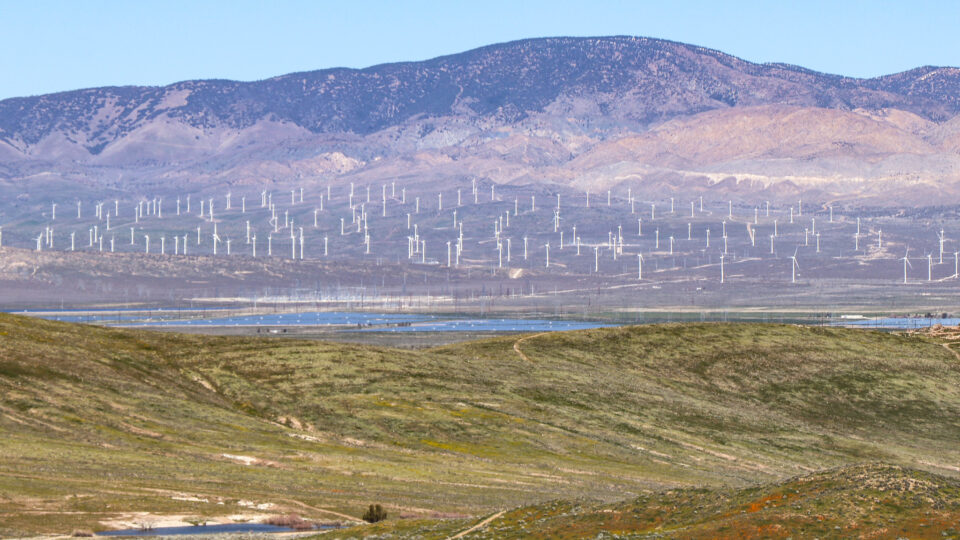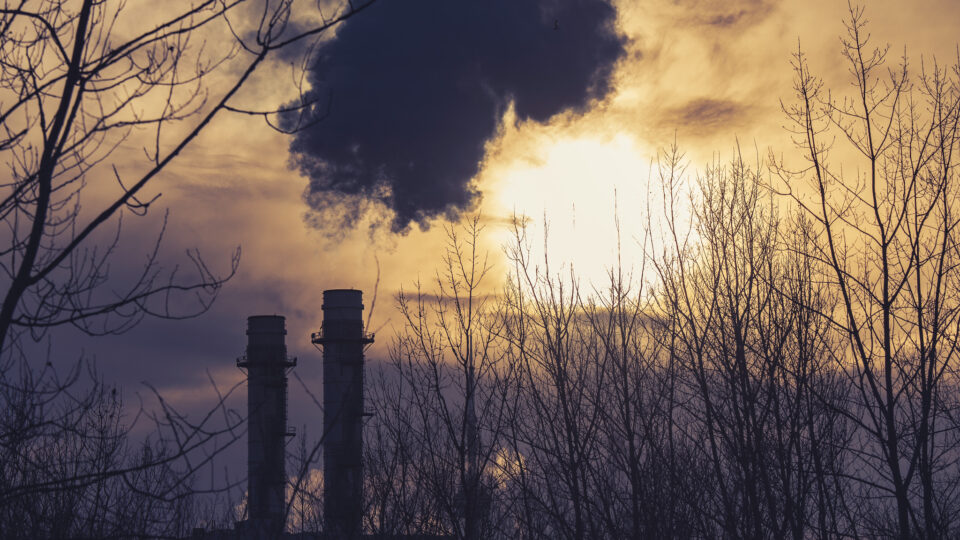Iceland burns very little fossil fuel to power its economy and heat its homes. About 85% of its energy comes from geothermal power and hydropower. Its unique geology provides it with the highest percentage of renewable energy in the world. The fossil fuel that Iceland does burn is primarily used to power cars and trucks as well as boats in its fishing fleet. And Iceland is rapidly embracing the use of electric vehicles.
Iceland can make far more electricity than its 373,000 people can use. The majority of its electricity is essentially exported as bars of aluminum. Iceland is one of the world’s largest refiners of aluminum. The aluminum ore comes from other countries but gets shipped to Iceland where electricity is cheap. Refining aluminum is so energy-intensive that some say that aluminum is basically just pure electricity in solid metal form.
Electricity-rich Iceland is finding other ways to make use of its resources. There is a proposed project called Icelink, which is an electricity interconnector between Iceland and Great Britain. The high-voltage direct current link would run between 620 and 750 miles and would be the longest sub-sea power interconnector in the world. It is controversial in Iceland and it may or may not happen.
Another technology that is establishing an early foothold in Iceland is carbon capture. An Icelandic company called Carbix is doing leading work on taking captured carbon dioxide and sequestering it underground. Capturing and storing carbon dioxide is energy-intensive and the promise of cheap, clean geothermal power makes Iceland an attractive place to do it.
**********
Web Links
Iceland Is Living in our Future
Photo, posted July 2, 2012, courtesy of Emily Qualey / PopTech via Flickr.
Earth Wise is a production of WAMC Northeast Public Radio



